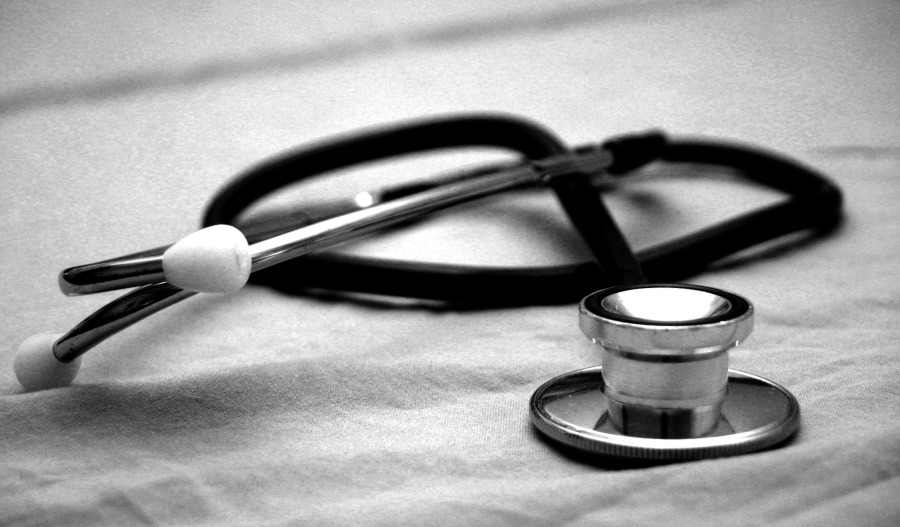Tasmania is poised for another hung parliament following its 19 July (Saturday) state election, with polling showing the Liberals leading Labor but falling short of a majority.
The likely outcome is a minority government reliant on a diverse crossbrench, including independents and Greens.
Prominent independents such as Kristie Johnston and Peter George have ruled out formal confidence-and-supply agreements, instead pledging to assess legislation on the merits.
This fragmented landscape follows a turbulent campaign triggered by a no-confidence motion against Premier Jeremy Rockliff, and marks the fourth state election in seven years.
There are risks and opportunities associated with political uncertainty.
The absence of a stable majority government may delay infrastructure approvals, planning reforms, and high-end development projects — particularly in Hobart’s waterfront precinct, where the proposed AFL stadium remains contentious.
While both major parties support the stadium, the Greens and several independents oppose it, citing environmental and fiscal concerns.
This could stall Tasmania’s broader destination branding efforts, which are crucial to attracting international capital into luxury residential and hospitality assets.
Meanwhile, health policy has emerged as a central campaign issue, with both Labor and the Liberals pledging to expand bulk-billed GP clinics and regional health investments.
These commitments may bolster Tasmania’s appeal to lifestyle-driven investors seeking long-term residency or branded living options. Execution will depend on crossbench cooperation and fiscal discipline.



